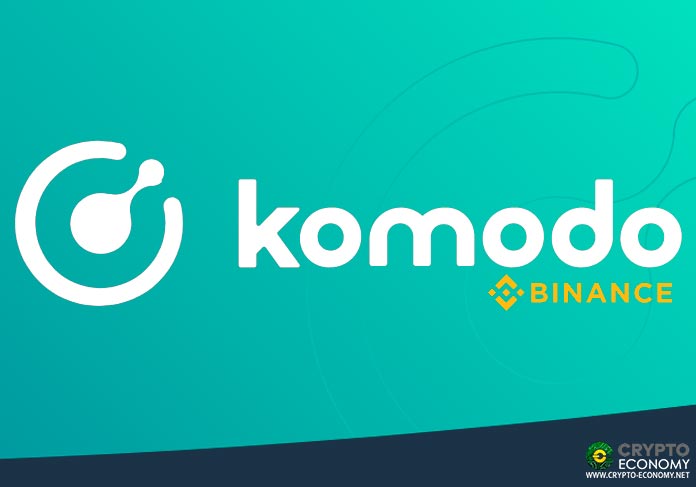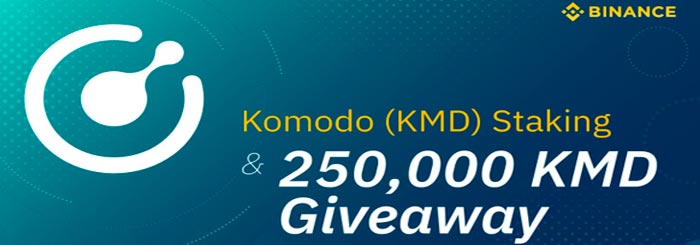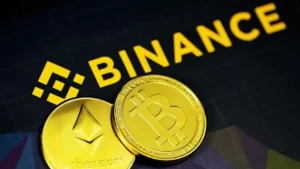Blockchain ecosystem builder Komodo is the latest addition to Binance’s staking program allowing its users to lock their KMD tokens in exchange for staking rewards.
Binance announced the addition on Tuesday, July 23rd stating in a blog post that it “will be adding support for Komodo (KMD) staking, starting July 24, 2019.”
The Malta-based exchange now supports six blockchains that offer staking as a form of participating in network governance and token generation. The other five include NEO (GAS), Ontology (ONG), VeChain (VTHO), Tron (BTT) and the recent addition of Stellar earning stakers XLM tokens.
Similarly to how it distributes staking rewards for the other five staking programs, Binance will follow suit in distributing KMD rewards going forward.
“Binance will begin taking daily snapshots of user KMD balances at 00:00 AM UTC,” the exchange revealed meaning that the user balances will be used to calculate the user rewards at the end of every month.
The reward ratio to each user will involve the number of user-staked coins by the total number of Binance staked coins from all users. There will be a minimum of 1 KMD to be held in an account for the account to qualify to participate in the staking program.
Binance is starting out with a pool of KMD coins worth approximately $300,000 and is planning to airdrop as much as 250,000 KMD tokens to program participants on September 1st this year.
Similar to other staked coins supported by Binance, Komodo uses the Proof of Stake consensus mechanism to validate transactions as well as ensure sound governance of the blockchain. Transaction validators are required to stake their coins to stand a chance of creating blocks on the network.
Binance will now use its users’ Komodo tokens to validate transactions in exchange for reward sharing once the Binance exchange receives staking rewards. This is what is referred to as a staking pool where several individuals come together to contribute their staking coins in order to increase their chances of being chosen to create blocks. Stakers increase their chances of block creation by increasing their amount of staked coins.
Staking is an effective way of earning returns on hodled coins a user does not intend to use for a long period of time.
Joining a staking pool has the added advantage of guaranteeing staking rewards albeit lower than an entity staking solely. For staking pools, participants have to split their rewards at the end of the staking period.













